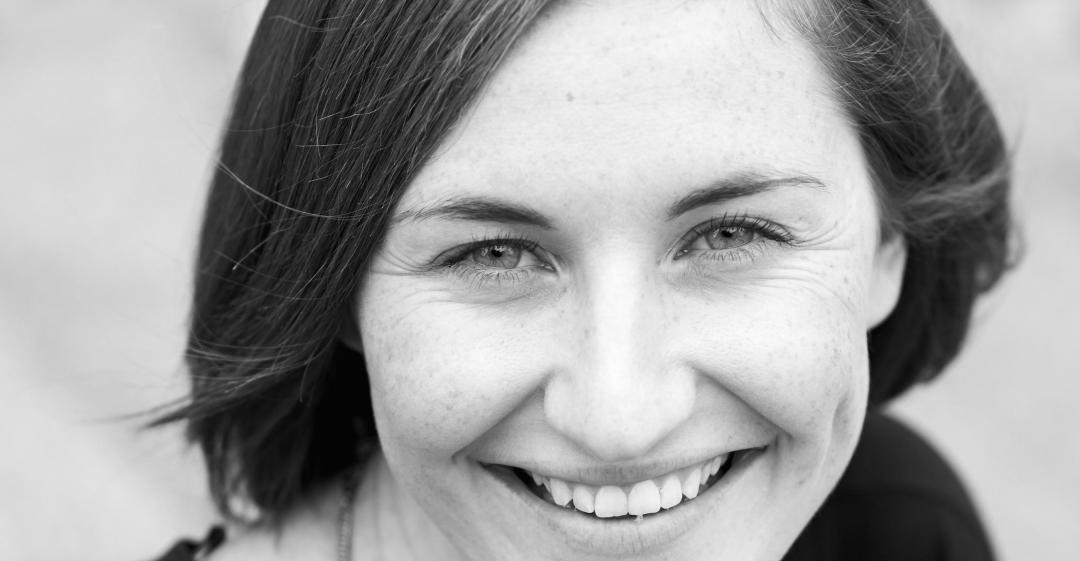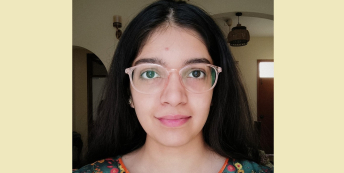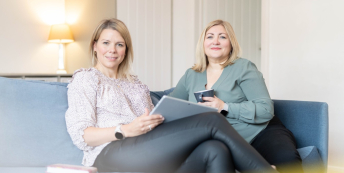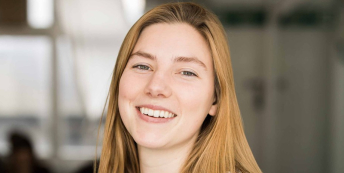“I felt like I had found my tribe.”

What work were you doing previously?
I was working in a small architecture firm, focused on adaptive reuse and residential projects, mainly for urban developers.
On evenings and weekends, I volunteered with a few different humanitarian design organisations that showed me another way design could affect people, mainly people who had never worked with a designer or architect before.
What are you doing now?
Currently I'm writing about social impact design projects, people, and opportunities for Impact Design Hub, Design Affects and PUBLIC Journal, along with beginning a research project on impact measurement for design.
Why did you change?
There were three reasons.
Firstly, I had been doing social impact design work as a volunteer and I was really interested in how to make it a full-time job.
Secondly, I was unsatisfied with the traditional architecture track. It disregarded a large population of people in the world and much of the work being produced didn't seem critical or necessary to me.
Finally, the people working in social impact design resonated much more with me. The conversations, questions, and issues raised with fellow volunteers were much more interesting and stimulating than conversations I'd had with other architects. I felt like I had found my tribe.
When was the moment you decided to make the change?
The decision to make my leap into full-time social impact design work came while travelling with my partner in southern Africa.
After months of time spent preparing for our wedding and honeymoon, we finally had time to decompress and spend one-on-one time together. We spoke about my frustration and disconnect with the traditional architecture track and how I wanted to try working in this emerging field.
Six months later, when I had saved up enough money, I left my job and joined a friend to build a social impact design firm.
After a failed attempt at starting a financially sustainable design business, I wanted to understand how other firms and people were practising and sustaining themselves, and to share this with other designers who were trying to do the same thing. This is when Design Affects was born.
Are you happy with the change?
Definitely!
Since immersing myself in the social impact design world, I have learned about not only what, how, and why people are doing this work, but also the gaps that still need to be addressed. The social impact design field is nascent so the opportunities to contribute and take part are tremendous. It's not only designers that are needed!
As for my day-to-day work as a writer, I'm still getting used to writing as my medium of expression (as opposed to drawing and designing). Luckily, I really enjoy the content I read, write, and share every day, which makes writing that much easier.
What do you miss and what don't you miss?
Now that I'm a freelancer, I miss having colleagues to bounce ideas off, have lunch with, and learn from.
I don't miss having projects selected for me, or feeling distanced from clients or end-users. Now, I decide who I want to work with and the types of projects I want to work on.
How did you go about making the shift?
My shift happened in two stages.
For the first stage, I made a list of social impact design firms and job ideas. I met with colleagues and even visited another city to meet with practitioners.
Eventually, I decided to work with my friend who was launching a social impact design practice. It provided a big opportunity for me to grow and test out ideas that might have been squashed by seasoned professionals.
The second shift happened at the six-month point in building the practice. My partner was offered a position in London that was too good to pass up. We decided to take the offer and moved last year, in June.
During the transition from San Francisco to London, I launched my blog and wrote weekly, which helped immensely in meeting people and sharing what I was learning.
Through Design Affects, I met John Cary, who founded PublicInterestDesign.org, and he asked me to cover his position while on paternity leave. I ended up staying on when he returned and now I've become the editor of the new site, Impact Design Hub.
How did you handle your finances to make your change possible?
Once I made the decision to leave the architecture firm, I spent the next six months saving money before I gave notice.
While building the practice with my friend, I occasionally worked part time with another architecture firm to help pay bills. This was not an ideal situation, but it relieved financial strain.
Six months before we moved to London, my bank account was nearly empty. I made the difficult decision to end my role with the practice and worked with another San Francisco-based architecture firm in order to save up money for our move to London.
What was the most difficult thing about changing?
Crafting a new identity for myself.
I'd been working in the architecture industry for six years, so most of my contacts knew me as an architect with a skill-set full of drawing, designing, and 3D modelling. Even today, I still have people endorsing me on LinkedIn for skills I haven't used in over two years!
I'm still working on creating a new narrative that represents what I'm interested in and where I'm headed on my career path. It'll be a lifetime of rewriting!
What help did you get? 
My partner was my biggest supporter.
He knew how frustrated and unhappy I was, following the traditional architectural path. His support and encouragement in my taking the leap helped me believe that I could do it.
I'm also eternally grateful to the architecture firms (450 Architects and Lundberg Design) where I worked during my transitions. They helped me fully embed myself in the social impact design world.
What resources would you recommend to others?
Now being immersed in the blogging and content marketing world, I would recommend signing up for Twitter and following all the people and organisations who are doing something you're interested in.
I've met so many people and learned about events, opportunities, projects, and organisations through the site; it's really opened up a whole world of information that's customised to what interests me the most.
Also, find your tribe (aka network of peers.) If you're shifting into a new field, meet people and cultivate authentic connections with those who resonate the most with you. Even as an introverted designer and writer, the authentic relationships with friends, colleagues, peers, and clients are what keep me doing it.
What have you learnt in the process?
Perhaps this should be: what haven't I learnt?
I've explored topics from social enterprise to international development and to impact investing, which I was unable to do while working in architecture. I've learned a lot about myself and what I need to thrive at work. I try to follow my gut more because when I don't, I usually end up in a position I don't want to be in.
I'm also trying to get better at not immediately saying yes to new opportunities until I make sure they align with my interests. It has to be a win-win in the freelance world or else you and your client will be miserable.
Most importantly, I've learned that everything we do is an experiment. There are no one-size-fits-all solutions and there will never be. Take risks, test out ideas, and keep iterating.
What do you wish you'd done differently?
It would be easy to say that I wish I'd made the change sooner, but I know I would have been stressed.
I'm content with my journey thus far and even more excited for what's ahead.
What would you advise others to do in the same situation?
Start experimenting on the side as much as possible.
My journey really began with volunteer work. I recommend finding something that you're interested in and testing it out before making the leap.
Once you know you want to explore and invest more time, figure out how you can start to transition into it. This could be reducing to part-time hours in your current work, or completely quitting and finding a different part-time or contract job to support it.
No matter how you do it, make sure it meets your needs and way of living, not what someone else says is the way to do it.
What lessons could you take from Katie's story to use in your own career change? Let us know in the comments below.



